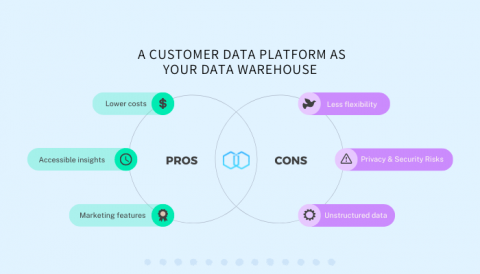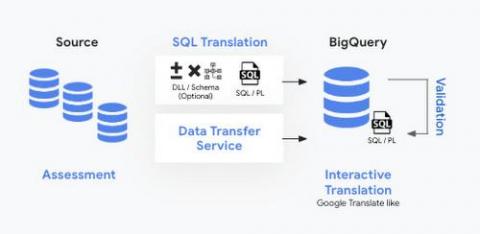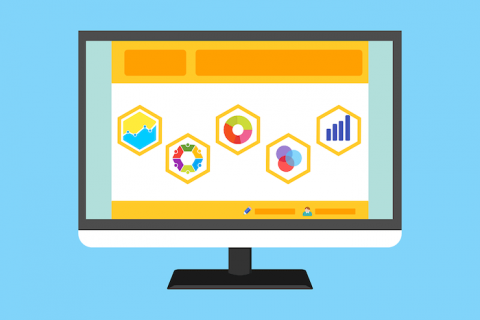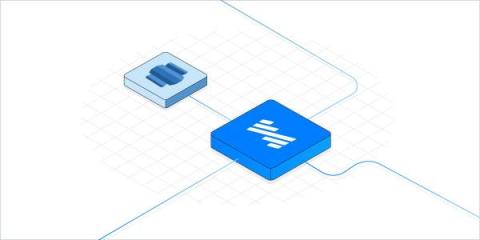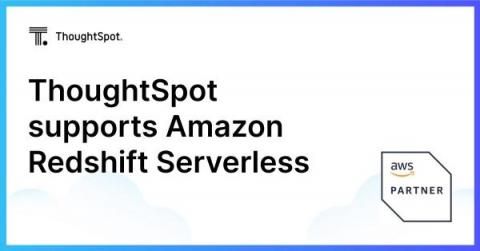Systems | Development | Analytics | API | Testing
Data Warehouses
How to simplify and fast-track your data warehouse migrations using BigQuery Migration Service
Migrating data to the cloud can be a daunting task. Especially moving data from warehouses and legacy environments requires a systematic approach. These migrations usually need manual effort and can be error-prone. They are complex and involve several steps such as planning, system setup, query translation, schema analysis, data movement, validation, and performance optimization.
How To Use a Customer Data Platform (CDP) as Your Data Warehouse
Cost of Data Warehousing: Conventional Wisdom Versus Reality
Blending Data in the Data Warehouse
Burying the Data Warehouse - Why? | Integrate.io
How To Use Data Warehouses To Improve Your Business
I took Redshift Serverless for a spin - here's what I found
Today’s cloud data platforms have to be simple to use and provide an intuitive user experience while not sacrificing key features and functionality.
How to Connect ThoughtSpot to Amazon Redshift Serverless
Many businesses rely on Amazon Redshift Serverless for their cloud data warehouse and ThoughtSpot to derive insights from the data stored within. For this blog, I’m going to show you how to create a connection between Amazon Redshift Serverless and ThoughtSpot. It’s easy to connect Redshift with ThoughtSpot whether you have it running as a cluster which you have provisioned, or serverless.


